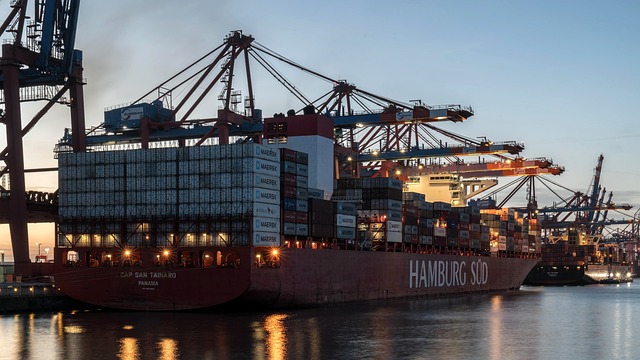Shipping Carpet from Guangzhou/Shenzhen, China to Culiacan, Mexico: A Complete Guide
Shipping Methods: FCL vs. LCL
1. Full Container Load (FCL) Shipping
For larger shipments, Full Container Load (FCL) is often the preferred choice. In this case, the carpet shipments are packed into a dedicated 20-foot or 40-foot container, meaning the cargo does not share space with other goods. This method offers several advantages, including:
- More control: The entire container is yours, ensuring there’s no risk of damage from other shipments.
- Cost-effective for large volumes: If you have enough goods to fill a full container, this option is more economical than LCL.
- Faster transit: Since the goods are packed in a single container, there is less handling and fewer delays during transit.
Shipping a 20ft or 40ft FCL container from Guangzhou or Shenzhen to Culiacan port typically takes around 25 days at sea, depending on specific shipping routes and conditions.
2. Less-than-Container Load (LCL) Shipping
For smaller shipments, Less-than-Container Load (LCL) is a viable alternative. In LCL shipping, goods from multiple exporters are consolidated into one shared container. This means you don’t have to fill an entire container, which is a more cost-effective choice for smaller loads.
- Flexible volume: Ideal for shipments that don’t fill a full container.
- Lower costs: Since the cost of the container is shared among several exporters, the cost per unit is reduced.
- Longer transit time: LCL shipments generally take a little longer due to the additional time needed for consolidation and deconsolidation at the ports.
For an LCL shipment from Guangzhou or Shenzhen to Culiacan, transit time is also approximately 25 days. However, handling and additional delays may increase the overall timeline.

Port-to-Port (CIF) Shipping
For both FCL and LCL, shipping can be arranged on a CIF (Cost, Insurance, and Freight) basis, which means the seller is responsible for the costs of transporting the goods to the Culiacan port, including the cost of shipping, insurance, and all other charges up until the port of destination. This provides a safer and more predictable shipping process for the buyer, ensuring that all necessary costs are covered.

Packaging Guidelines for Carpets
Proper packaging is critical to ensure the carpets arrive at their destination safely and in optimal condition. The following packaging steps are generally recommended:
1. Roll the Carpet
To prevent wrinkles or damage, carpets should be carefully rolled rather than folded. Ensure the carpet is rolled tightly to minimize movement during transport.
2. Use Protective Wrapping
Wrap the rolled carpet in protective materials like plastic wrap or shrink wrap to safeguard it from moisture, dirt, and abrasions during transit. If the carpets are particularly delicate, consider using a layer of bubble wrap or foam padding for additional cushioning.
3. Cardboard or PVC Tubes
For added protection, carpets can be placed inside cylindrical cardboard or PVC tubes. These tubes provide extra stability and help avoid crushing or bending. They also simplify handling when loading or unloading.
4. Sealing and Labeling
Once wrapped, the carpets should be securely sealed with heavy-duty tape. Each package should be clearly labeled with the shipping information, including the destination port, consignee details, and handling instructions such as “Handle with Care” to ensure the cargo is treated gently.
5. Palletization (Optional)
For FCL shipments, pallets can be used for more secure stacking within the container. This makes it easier to move the carpets and prevents potential damage from shifting during transport. For LCL shipments, pallets may also help consolidate the goods, but it’s important to check with the freight forwarder for specific requirements.
Customs Clearance and Final Delivery
Upon arrival at the Port of Culiacan, your carpets will need to go through customs clearance. The CIF term typically covers import duties and taxes, but the buyer will need to ensure all customs documents are prepared accurately and timely.
Once cleared, the shipment can be delivered to the final destination in Mexico, whether it’s a warehouse or directly to the buyer’s location.



